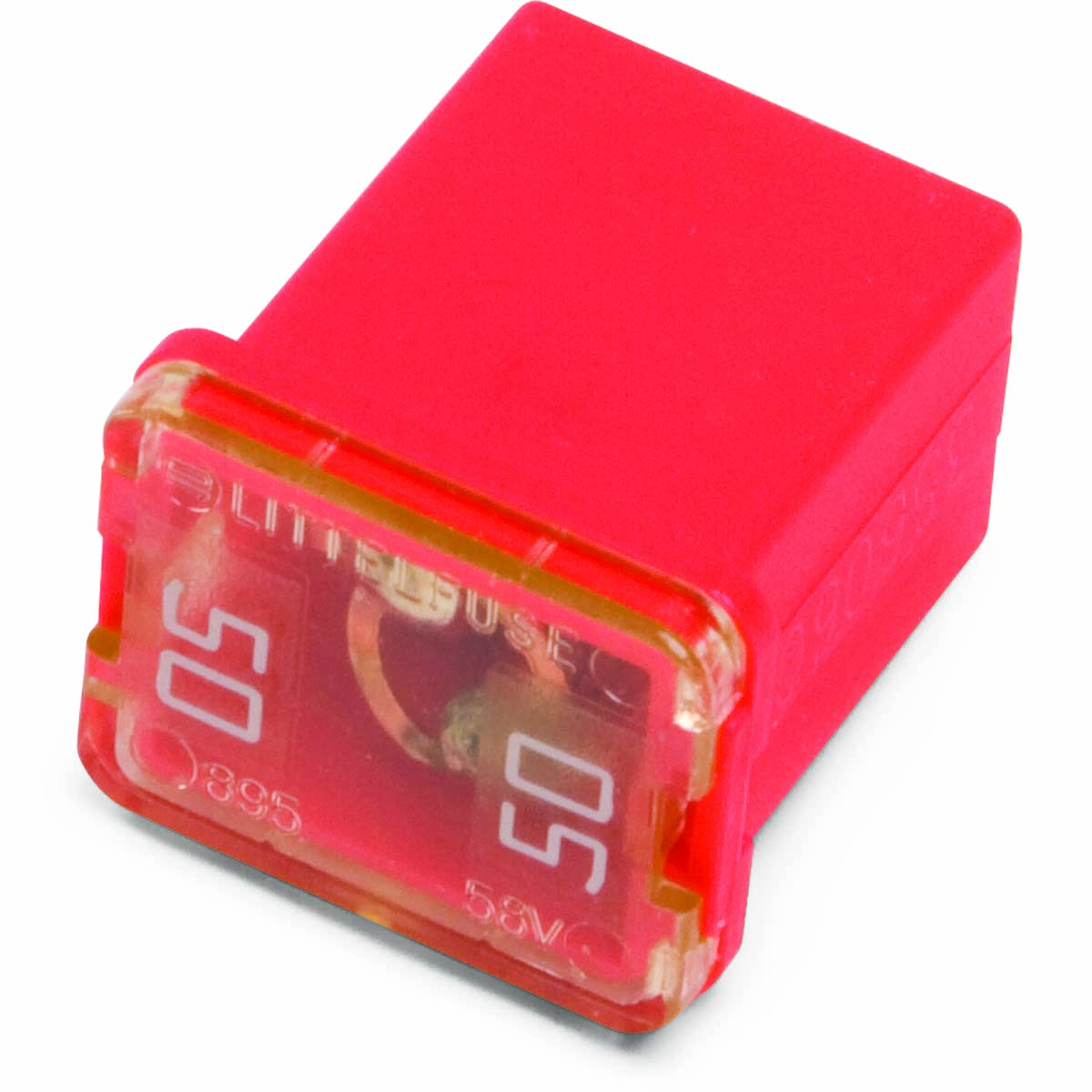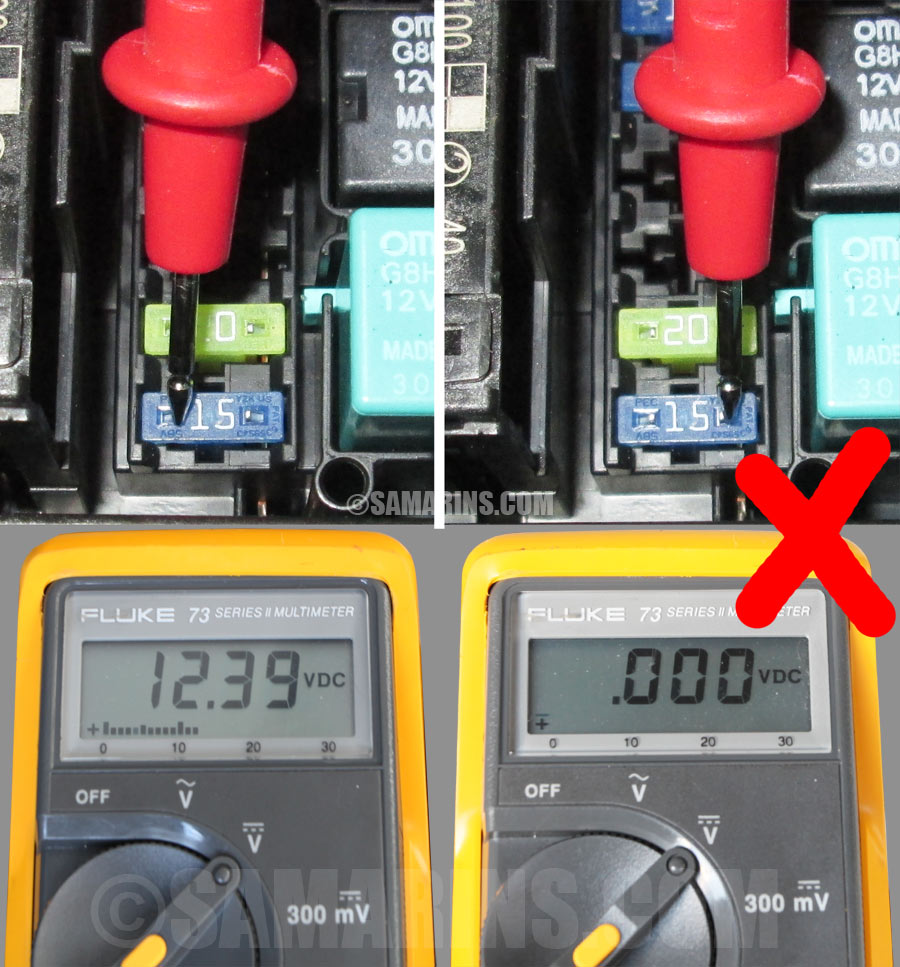Jcase Fuse Blown
How to test a fuse with a multimeter
JCASE™ fuses are the perfect fit for our Littlefuse MTR Series JCASE™ & MINI™ Fuse PDC. Offered in 20A, 25A, 30A, 40A, 50A, and 60A sizes. Specifications below. Fuse holder shown in example is not included but is available separately below. If you are thinking you have a blown fuse, this will help you find it in seconds. Remove each fuse 1 by 1 and immediatly replace it with same one if its good so you won't mix them all up. Keep going 1 by 1 and and put them each back untill you find the blown fuse. If you don't find any that are blown, then you have another problem. The fuse has a manufacturing defect. Is it a quality fuse or a cheap replacement? A blown fuse has been replaced incorrectly with a lower rated fuse. The device powered by the fuse is faulty, drawing a higher current. The fuse is OK, but something went wrong in the testing process. A car fuse wouldn't commonly fail because of.
Whilst it is easy to visually inspect the element in a glass fuse to see if it has blown, the majority of fuses have solid, non-transparent bodies that hide the element from view. To test if the fuse is blown, we require a multimeter. Once configured, a multimeter can measure the resistance of the fuse element. Resistance is measured in Ohms 'Ω'. The following tutorial uses a digital multimeter, however the same principles apply when using an analogue multimeter (ie. one with a needle display). If you are using an analogue meter, firstly read the tutorial and then refer to the additional notes at the end.
Need a replacement fuse? View our large range of fuses.
The black lead should be connected to the Common socket.
The red lead should be connected to the Ω or Ohms socket.
Not sure what fuse you need? We can help.
Move the dial to the lowest range of the Ohms scale (200 ohms is the lowest setting on this mulitmeter). This should also power the meter ON. If there is a seperate ON switch, please turn the meter ON. You can see in the picture that the Ohms range is illustrated by a light green band in lower left area.
The 5 different Ohms range settings on this multimeter are;
2M = 2,000,000 ohms or 2 Megaohms (highest resistance setting)
200k = 200,000 ohms
20k = 20,000 ohms
2k = 2,000 ohms
200 = 200 ohms (lowest resistance setting)
Our comprehensive Fuse Size Guide can help you find a replacement fuse.

Touch the metal tips of the 2 testing leads and whilst holding them together, the meter display should change to show that little or no resistance is present. Power will simply flow from one lead back through the other. When you seperate the two tips, the meter display will return to a 100% resistance state.
Measure the Fuse.
Important! Place the fuse on a non-conducting surface such as wood, laminate or plastic. Touch the metal caps at each end of the fuse with the metal tips of the testing leads. There is no polarity so you can use any lead for either fuse cap. Ensure to make good contact by touching a clean metal surface on each cap. Whilst the leads are firmly connected to the fuse, look at the reading displayed on the multimeter.
Note: If you wish to test a fuse still located in a circuit. Please ensure that you have turned off power and disconnected the power source to avoid possibility of electric shock.
Replace your fuses for the best price! We’ll beat any current competitor’s advertised price*
Fuse is OK: If the multimeter reading changes to a low resistance value (similar to the result of touching the 2 leads together).
Fuse is Blown: If the meter reading does not change and display still shows the original 100% resistance state.
Don't forget to turn the multimeter OFF when you have finished testing.
We offer FREE express shipping anywhere in Australia on all orders over AU$99.00.
Analogue multimeters provide readings by moving a needle over a fixed scale. The testing process is exactly the same.
Choose the correct Ohms range & touch the metal tips of the testing leads together. The needle will 'sweep' across the scale to show little to no resistance. A good fuse will generate the same reading.
When the tips are seperated, the needle will show 100% resistance state. A blown fuse will generate the same reading. Make sure that the testing lead tips make a good connection to the metal end caps or blades of the fuse and the fuse is tested on a non-conducting surface.
Same day processing of orders received before 2pm Australian Eastern Standard Time.
Can a Car Fuse Go Bad Without Blowing?
If your car fuse is not functioning and doesn't appear to have blown, here are some reasons why that may happen;
- 1. The fuse has a manufacturing defect. Is it a quality fuse or a cheap replacement?
- 2. A blown fuse has been replaced incorrectly with a lower rated fuse.
- 3. The device powered by the fuse is faulty, drawing a higher current.
- 4. The fuse is OK, but something went wrong in the testing process.

Electrical circuits in modern vehicles are designed by qualified electrical engineers and subjected to rigorous testing in extreme environments so they are usually very reliable. Additionally, car manufacturers use high quality fuses which are manufactured and tested to strict standards. Want to learn more about fuses? View all fuse tutorials.
There are a few ways to quickly check if a car fuse is blown. Firstly, you need to find the fusethat controls whatever device isn’t working. There may be a diagram inside the fuse boxlid or owner's manual or you can find it online. Then, remove the fuse using fuse pullers - make sure your caris completely switched off before you do this! Next, inspect the fuse for visual signs ofdiscoloration or broken filaments. You can then install a replacement car fuse.
Shop our range of car fuses.
...We are the Fuse Specialists.
We carry a massive stock range of high quality fuses which you can buy on our website.
If you are unable to find the fuse you require, our expert staff can cross reference fuses between the many different brands. Contact us.
We service all requirements from small retail customers to large OEM companies and distributors and can organise special pricing and credit accounts.
If you are not sure how to identify a fuse, we have created this fuse identification guide.
We only sell quality approved products by globally recognised manufacturers.
posted 05-01-2012 12:38 AM ET (US) On the drive to work this morning I plugged my cellular telephone charging cord into the cigar lighter power socket on the dashboard of my car in order to charge the cell-fone. The charger LED did not illuminate, indicating there was no power from the cigar lighter socket.
I thought about this for a moment, and realized what had gone wrong. Last week at work we were having a dispute about a particular DC-to-DC converter power supply, used for charging a laptop computer. It outputs 19-VDC and runs off the cigar lighter socket in a vehicle. The end-user said it did not work. The bench tech said it was fixed. I said, 'I'll try it in my car.' I did, and, no, it did not work. Now I realized that not only did the DC-to-DC converter not work, it probably had blown the fuse in my car's power outlet, too!
When I got to work, I checked the cigar lighter power outlet with a DMM. There was no voltage there, as I suspected. I opened the glove box and grabbed the owner's manual. Around page 246--it's a big owner's manual--I found the section on fuses. Even though my car is not particularly big or particularly fancy, it has two power distribution centers and enough capacity to have about 100 fuses. After carefully reading the list twice, I found what I thought should be the circuit for the cigar lighter socket, called 'Front Power Center' or something like that. The fuse was under the engine hood in the power center there.
When I opened the cover on the power center I was quite surprised. All the fuses were of a new type I had not seen before. The fuses were contained in rectangular cartridges, color coded for current rating. The cartridges have a clear cover and you can see into them to look at the actual fuse element. It was too dark in the garage to see if the particular fuse I thought was associated with the cigar-lighter was blown, so I pried it out of the fuse panel, using the test leads of the DMM. (No fuse puller accessory in the box under the hood.)
Jcase Fuse Blown
Once out of circuit, I checked the fuse with the DMM. Yup, it was open. OK, mystery solved. Now let's get a new fuse.
Back at my desk, I GOOGLE'd for 'Ford cartridge fuse Fusion 2011' I got some results that were close, but not a perfect match for my fuse. From what I could tell, the fuse I had in my hand was a 'Jcase' fuse. Here the 'J' means Japan. This fuse style is apparently used on a lot of cars made in Japan. (My FORD was made in Mexico, by the way.) The Jcase fuses all looked too long for my fuse holder. Then I found a 'mini-Jcase' fuse. The size looked correct, but my fuse had some molded ridges along the sides that fit into guides on the fuse panel. These fuses did not.
I checked for vendors, but did not find much. Someone on Amazon was selling 'mini-Jcase' fuses for $9-each. Wow, that is an expensive fuse.
Jcase Fuse Removal Tool
Finally, in desperation, I called the local FORD dealer and asked for the Parts counter. The parts counter guy looked up the FORD part and found he had them in-stock. 'It's a little blue rectangular cube,' he said, 'with '20' etched on the clear part.'
'That's the one I need,' I told him. (Now for the important part.) 'How much are they?'
Jcase Fuse Blown Car
After a moment's pause, the parts guy said, 'Hey, not too bad, only $1.52.'
'Set one aside for me,' I said, 'I will come over after lunch, about one o'clock.'
According to Littlefuse, the Jcase cartridge fuse has been around for a while. It is intended to supplant the MAXI-Fuse in automotive applications where a high current fuse with some time delay is needed. The Jcase cartridge also has an interesting design advantage over traditional fuses. The Jcase cartridge fuse carries the female contacts, and the Jcase fuse panel slots for the fuses have male contacts. This advantage is that every fuse brings with it a fresh female contact. In older designs where the fuse had male contacts, the socket on the fuse panel has a female contact. With every fuse insertion the female contact on the fuse panel is expanded slightly. The fuse panel contact had to be designed to withstand many insertions. With a Jcase cartridge fuse, the fuse carries with it a fresh set of contacts, and the Jcase fuse box or panel needs only the simple male contact portion.